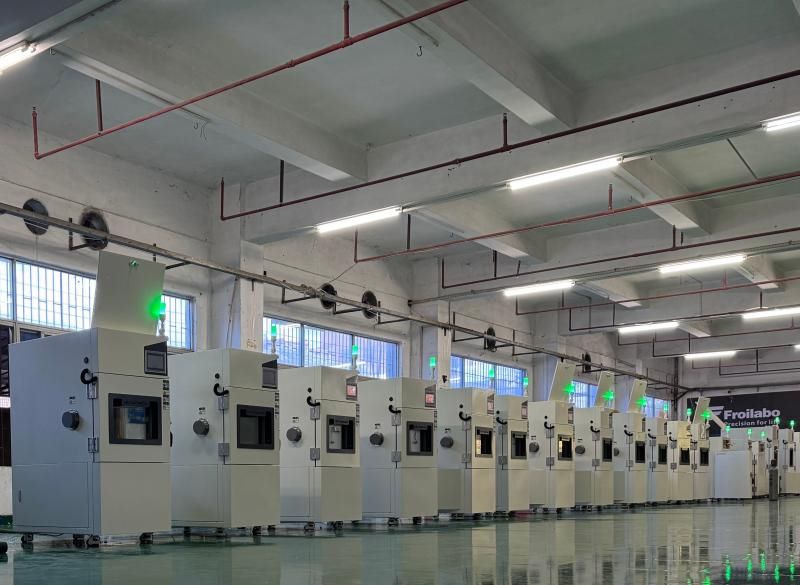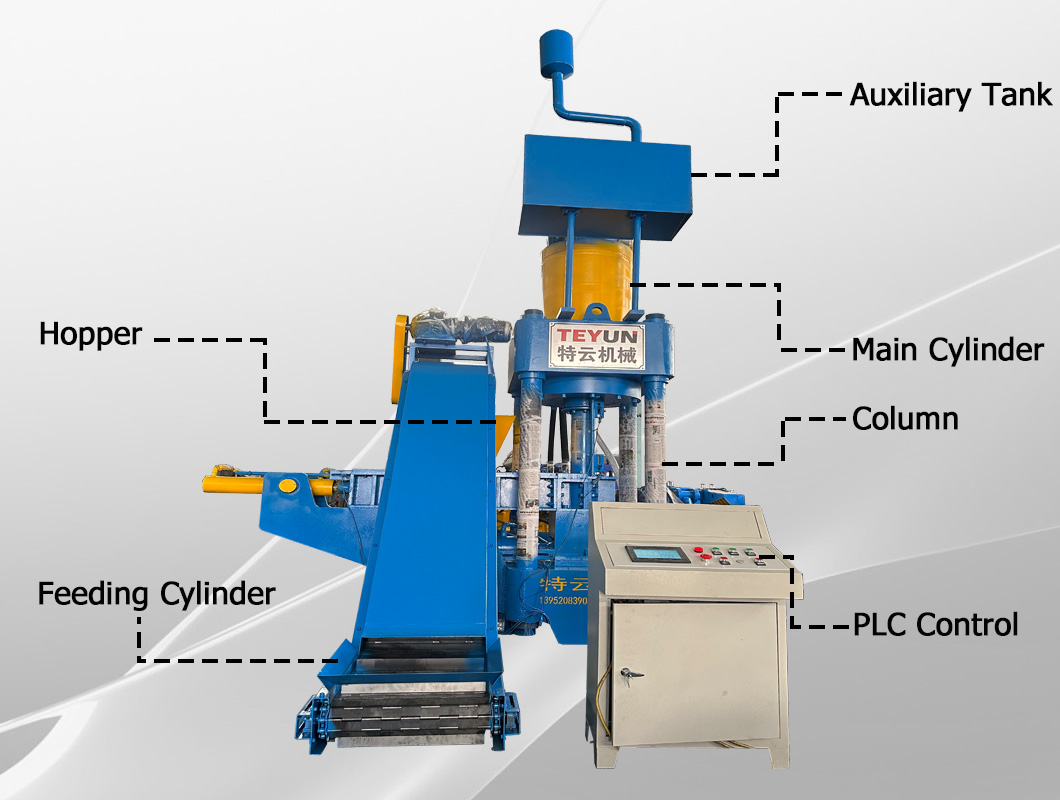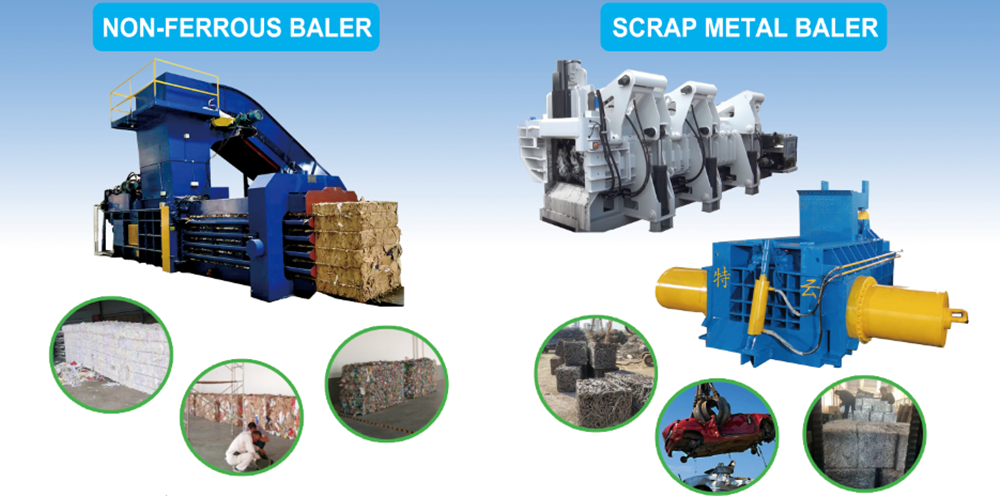Technical Means of Precise Temperature Control in High and Low Temperature Test Chamber
The high and low temperature test chamber is used to test the adaptability of materials or products in high and low temperature environments, and its accurate temperature control is achieved in the following ways:
1, Temperature control system
High and low temperature test chamber usually adopts temperature control system to achieve accurate temperature control. The system consists of temperature sensors, controllers and heaters. The temperature sensor is placed inside the test chamber to monitor the temperature change in real time, and the controller automatically controls the output power of the heater according to the signal of the sensor to achieve the purpose of accurate temperature control.
2, Temperature fluctuation control
Temperature fluctuation is an important index of accurate temperature control in high and low temperature test chamber. In order to ensure the stability of the temperature inside the test chamber, the controller will reduce the temperature fluctuation by adjusting the output power of the heater. Under normal circumstances, the accuracy of temperature fluctuations is required to be within 0.2°C.
3, Sealing control
The tightness of the high and low temperature test chamber is one of the important factors to ensure accurate temperature control. The tightness of the test chamber needs to be ensured by strict airtight testing to ensure that the heat inside the test chamber does not leak to the outside, or the heat from the outside does not enter the inside.
4, Time control
The time control of high and low temperature test chamber is also an important means to ensure accurate temperature control. The controller can set the test time according to the test needs, and automatically stop the test after the test time arrives to ensure the safety of the test sample.
In summary, the accurate temperature control of the high and low temperature test chamber is achieved through the joint action of many factors such as temperature control system, temperature fluctuation control, sealing control and time control.







